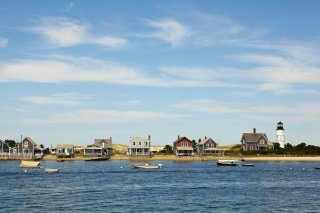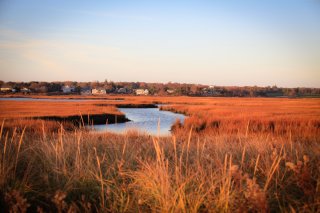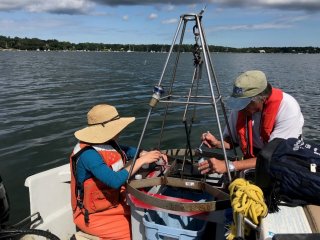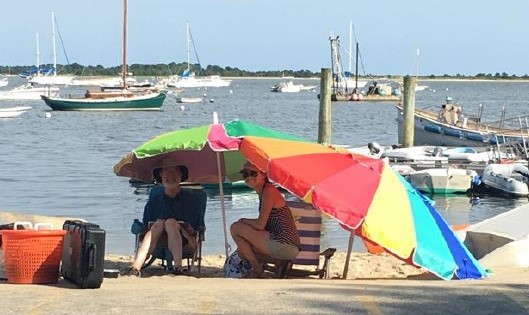Cape Cod Pilot Project Research and Updates
- Innovative/Alternative Septic Systems Research Pilot and Demonstrations
- Cranberry Bogs Research
- Aquaculture Research
- Benthic Conditions Survey Research
- Reuse of Dredged Material Research
- Recreational Benefits of Improved Water Quality Research
- Harmful Algal Blooms Research
EPA is currently working with partners on a project to address excess nutrient loading in Cape Cod’s waters. The overall goal of this project is to work with and support our partners in developing a watershed-level approach to reduce excess nutrient loading in the Three Bays Watershed of Cape Cod. The following research is part of this project.
Enhanced Innovative/Alternative Septic Systems Demonstration
In 2021, project partners began to replace traditional septic systems with enhanced nitrogen reducing septic systems in up to 20 houses in Barnstable’s Sand Shores neighborhood at Shubael Pond. While traditional septic systems are designed to treat and remove pathogens, they are not designed to remove nitrogen from domestic wastewater. The new enhanced innovative/alternative (IA) septic systems are being field tested to help Cape Cod meet its TMDL for nitrogen.
In 2019, in partnership with the Barnstable Clean Water Coalition (BCWC) and the U.S. Geological Survey (USGS), our researchers examined groundwater quality in four candidate neighborhoods with elevated nitrate levels and selected the Sand Shores neighborhood at Shubael Pond for the enhanced IA demonstration project. Septic system upgrades were offered by BCWC to neighborhood homeowners with properties aligned along a similar groundwater flow path. These enhanced IA systems are being monitored by the Massachusetts Alternative Septic System Test Center (MASSTC) for nitrogen removal performance for up to three years post-installation. Wells installed by USGS located up- and downgradient from participating homes are monitored to assess the impact of the new enhanced IAs on groundwater pollutants.
Concurrently, EPA scientists have studied the factors that influence social acceptance of these nitrogen-reducing systems. To learn from past regional pilots, this research involved a series of focus groups across southern New England that began in 2020 with IA adopters and those using traditional septic systems. Findings can inform outreach on Cape Cod and other areas where stakeholders seek to address potential social barriers associated with IA systems and improve communications with the public about these systems. Researchers have been working closely with BCWC to listen to community concerns and create materials to answer frequently asked questions.
End goals of the demonstration project include quantifying nitrogen reduction and cost effectiveness of the enhanced IA systems; evaluating how clustering these systems influences groundwater nitrogen and communicating lessons learned to local, state, regional and federal partners in watersheds similarly compromised by legacy septic systems.
Cranberry Bogs Research
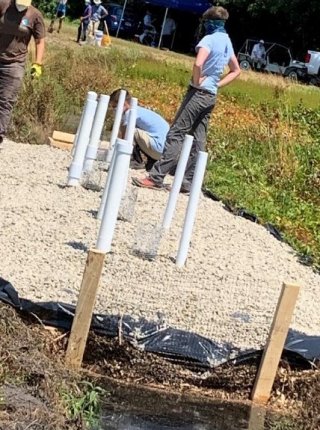
Cranberry bogs are an iconic feature of the Cape Cod landscape. In the last twenty or so years, however, the reduced cost effectiveness of farming cranberries across southeastern Massachusetts and Connecticut has led many multigenerational farmers to consider retiring their farms and partnering with the state to restore them to wetlands. Past research has found that wetlands have the ability to use nitrate, and transform it to less harmful nitrogen gas, reducing the flow of nitrate to estuaries through nitrogen processing.
In partnership with BCWC, EPA researchers are quantifying how retired or partially retired cranberry bogs can help address the Cape’s nutrient problem. In December 2019, EPA co-organized a workshop with The Nature Conservancy and BCWC to bring together local stakeholders to discuss priorities and develop an action plan for the bogs in the headwaters of the Marstons Mills River. Two working groups were formed around the use of controlled flooding and woodchip bioreactors to decrease nitrogen in the bogs and reduce the nutrient load to the Marstons Mills River and the Three Bays estuary. Scientists have designed multiple options for the flooded wetland experiment, and plans are in the works for implementation. Changes in nitrogen processing due to the bioreactor will be measured and modeled in an experiment that began July 28, 2020.
Co-developed social science research at EPA aims to understand local perspectives of alternative uses of retired bogs for nutrient management and how other ecosystem services are perceived. This research will center on interviews with researchers and practitioners involved in past bog restorations on Cape Cod, as well as recreational users of active, retired, and restored bogs. Recognizing the intergenerational significance of bogs on the Cape, the goal of this work is to understand how various stakeholders value these landscapes, and how land use changes impact this value.
Aquaculture Research
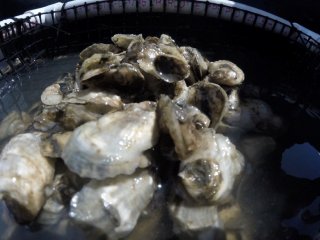
Shellfish are filter feeders, and as such, have the capacity to improve coastal water condition, and also reduce nutrient impacts in coastal waterbodies. EPA researchers have collaborated with shellfish aquaculturists in Rhode Island to quantify the amount of nitrogen that shellfish can remove from an ecosystem when raised for aquaculture. These experiments were run on active oyster farms in Rhode Island.
Along with quantifying the removal of nitrogen from the aquaculture systems, researchers are investigating improvements to water clarity around the shellfish aquaculture operations both in Rhode Island and on the Cape. Social scientists on the team are conducting research to assess the social benefits of and barriers to shellfish aquaculture, including the impacts on viewshed.
Overall, this project aims to quantify the benefits of using shellfish aquaculture as part of a multipronged approach to nutrient management on the Cape.
Benthic Conditions Survey Research
Benthic, or seafloor, conditions are an important indicator of overall water quality and a key metric for the nitrogen levels in Cape Cod estuaries as high nitrogen levels negatively impact benthic condition. In consultation with the Massachusetts Department of Environmental Protection, EPA researchers designed a benthic condition survey for the Three Bays estuary that updates and expands upon a prior survey conducted under the Massachusetts Estuaries Project approximately 15 years ago.
In the fall of 2019, researchers collected video, side-scan sonar imagery, and benthic sediment samples accompanied by water quality measurements in Three Bays. Researchers conducted benthic sediment profile imaging to further document conditions and are currently analyzing these data.
Reuse of Dredged Material Research
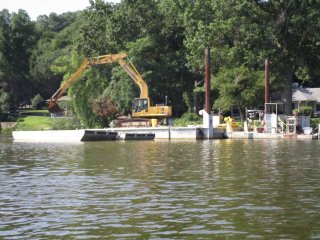
EPA scientists are exploring the reuse of dredged materials from the watershed. The dredged materials may be used to build elevation of nearby marshes to mitigate sea level rise or to create new wetlands that could reduce nutrient loading in the water. Beginning in spring 2019, researchers conducted a greenhouse experiment to evaluate the potential benefits of placing thin layers of dredged material on the surface of salt marsh samples and assessed plant growth and marsh processes affecting water quality, such as denitrification—the process whereby nitrate is reduced to nitrogen gas and released from the system.
Researchers are planning a wetland creation experiment that will involve creating a microcosm of a wetland system in EPA's Narragansett lab greenhouse using dredged sediments and collected rainwater. Scientists will measure nitrogen processing in the experiment and use that information to inform modelling to aid in design of created wetlands to most efficiently reduce nitrogen in the system and improve water quality.
Recreational Benefits of Improved Water Quality Research
Since 2016, social scientists at EPA have been studying how improving water quality on Cape Cod affects the visitation and value of the recreation in coastal waters. The overall goals of this work are to quantify how many people are recreating on estuary waters and the value of improved water quality in the Three Bays Estuary and other estuaries and coastal waters on the Cape. Understanding the number of users and types of use (for example, kayaking or birdwatching) can help determine how many visitors are affected by water pollution on the Cape and how their valuation of recreation might change with improvements or degradations in water quality. These visitation estimates are also important in helping local planners and managers understand how people use the coast.
Our team is using an innovative, straightforward observational method to build realistic estimates for visitation and types of recreational use in the Three Bays estuary system. EPA scientists are also using survey data to research the monetary value of improving water quality in New England. These results, when combined with the visitation estimates, will be useful for describing the impact of improved water quality in terms that are relatable for decision-makers and residents on Cape Cod.
Harmful Algal Blooms Research
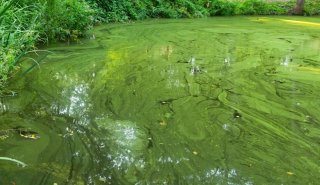
While not initially identified as a research area at the onset of this project, the study of harmful algal blooms could take on additional significance as we move along based on expressed interest from our stakeholders.
As we continue to work with stakeholders at Shubael Pond, it is likely that more research will develop in this area.

